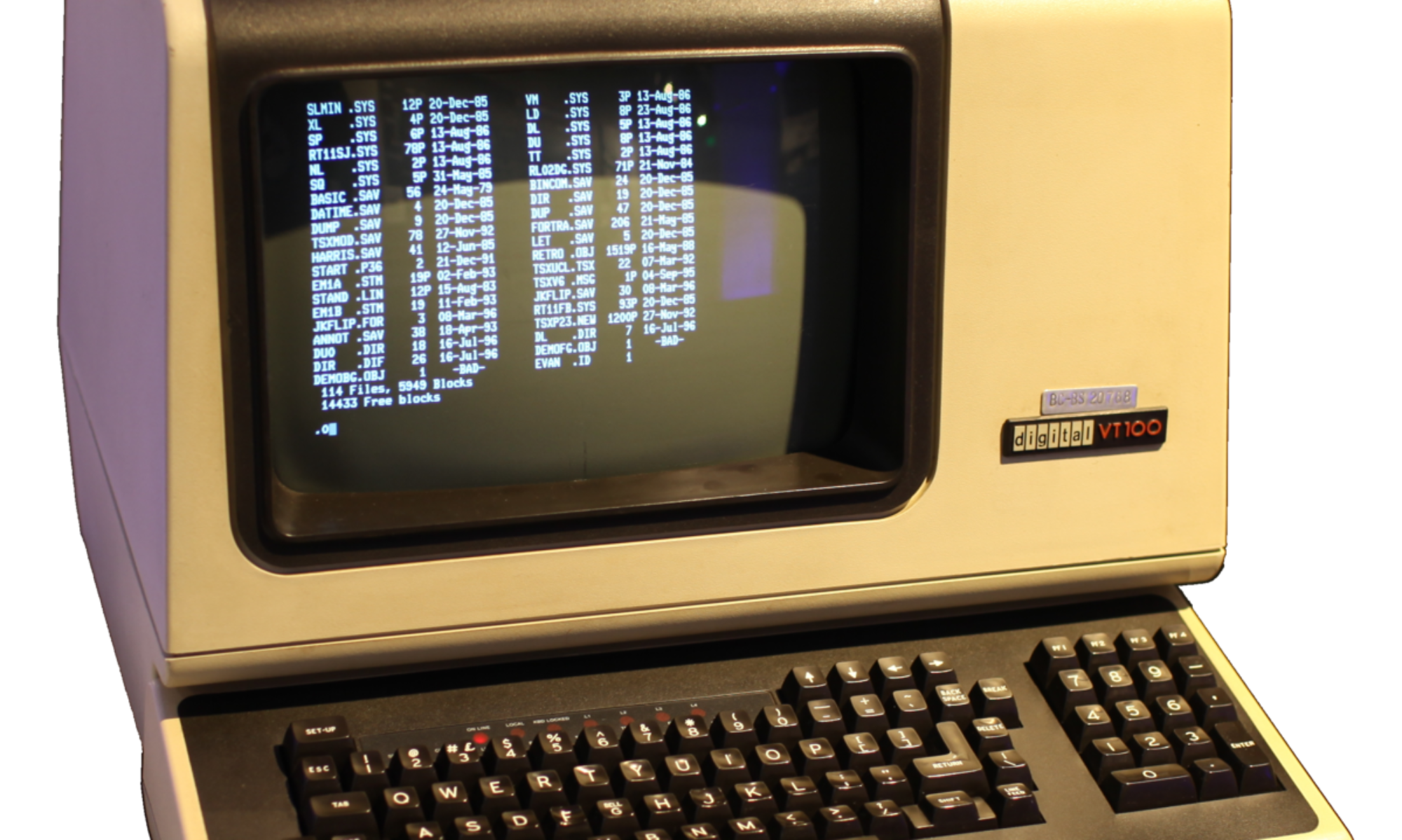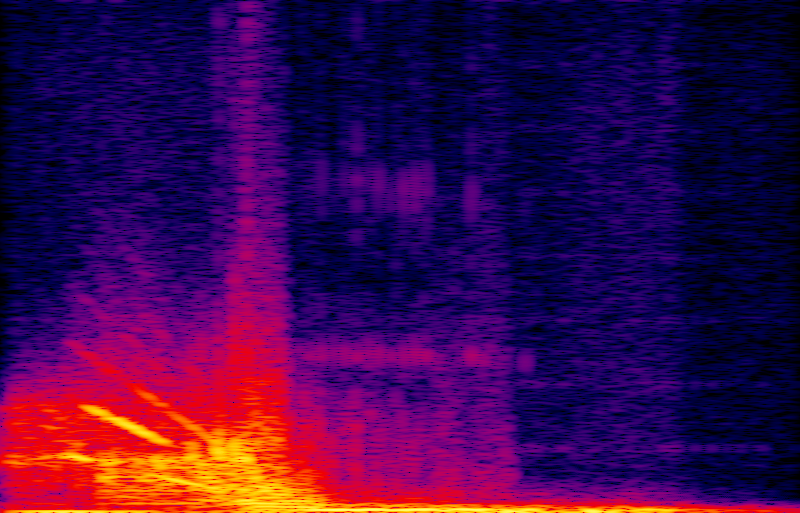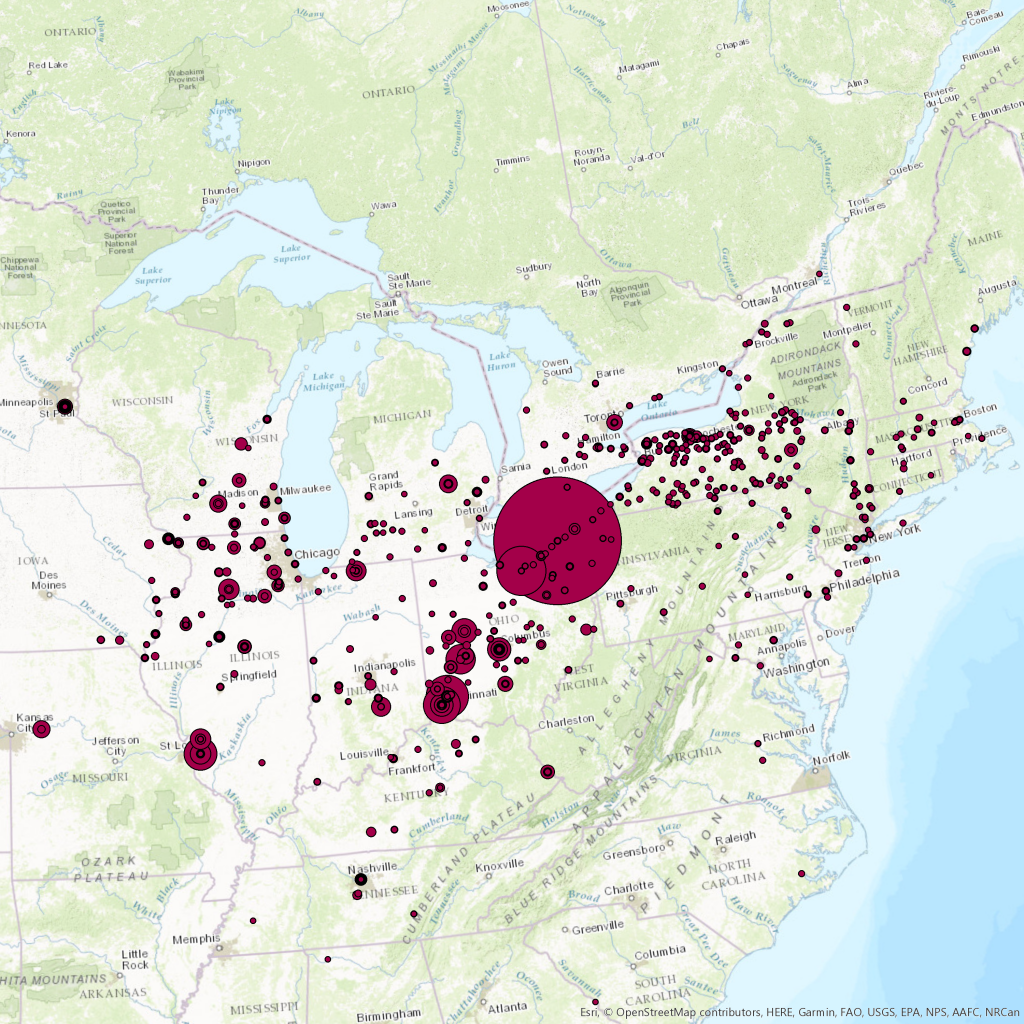The Ornament of Empire is a history-based digital humanities project that explores the economic and ecological significance of plant nurserymen during the nineteenth century. Nurserymen, in the age of empire, carried tremendous weight. Their business enabled Americans to settle and replicate systems of agricultural systems across North America. A study of plant nurserymen is a study of the development of American capitalism and the ecological effects of American empire. The project integrates big-data management, GIS mapping, and JS visualizations to track the economic and ecological impact of plant nurserymen in nineteenth-century America. Using nineteenth-century nursery catalogues, business ledgers, and correspondence between nurserymen, The Ornament of Empire maps networks of trade as well as the physical movement of plants across the continent.
PI: Camden Burd, Department of History, Andrew W. Mellon Fellow (2016-2018)




